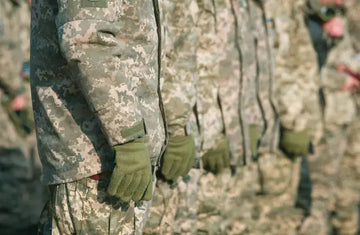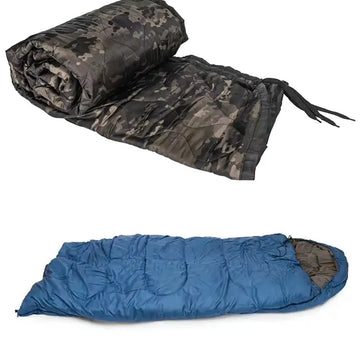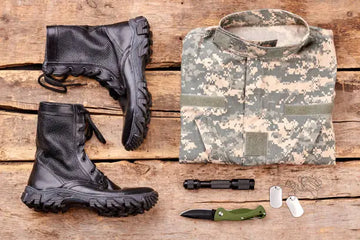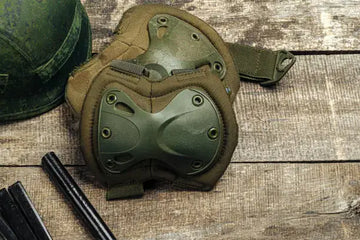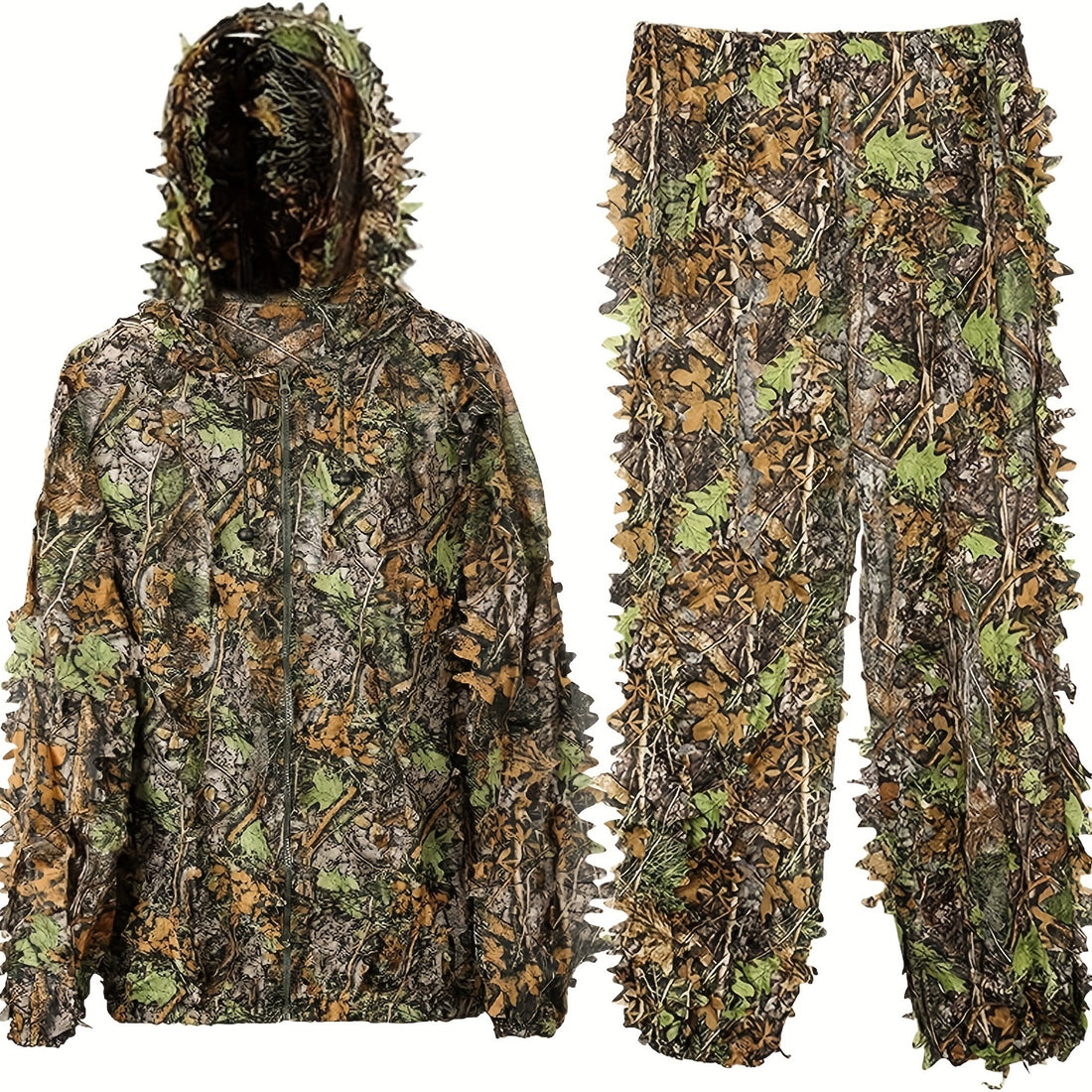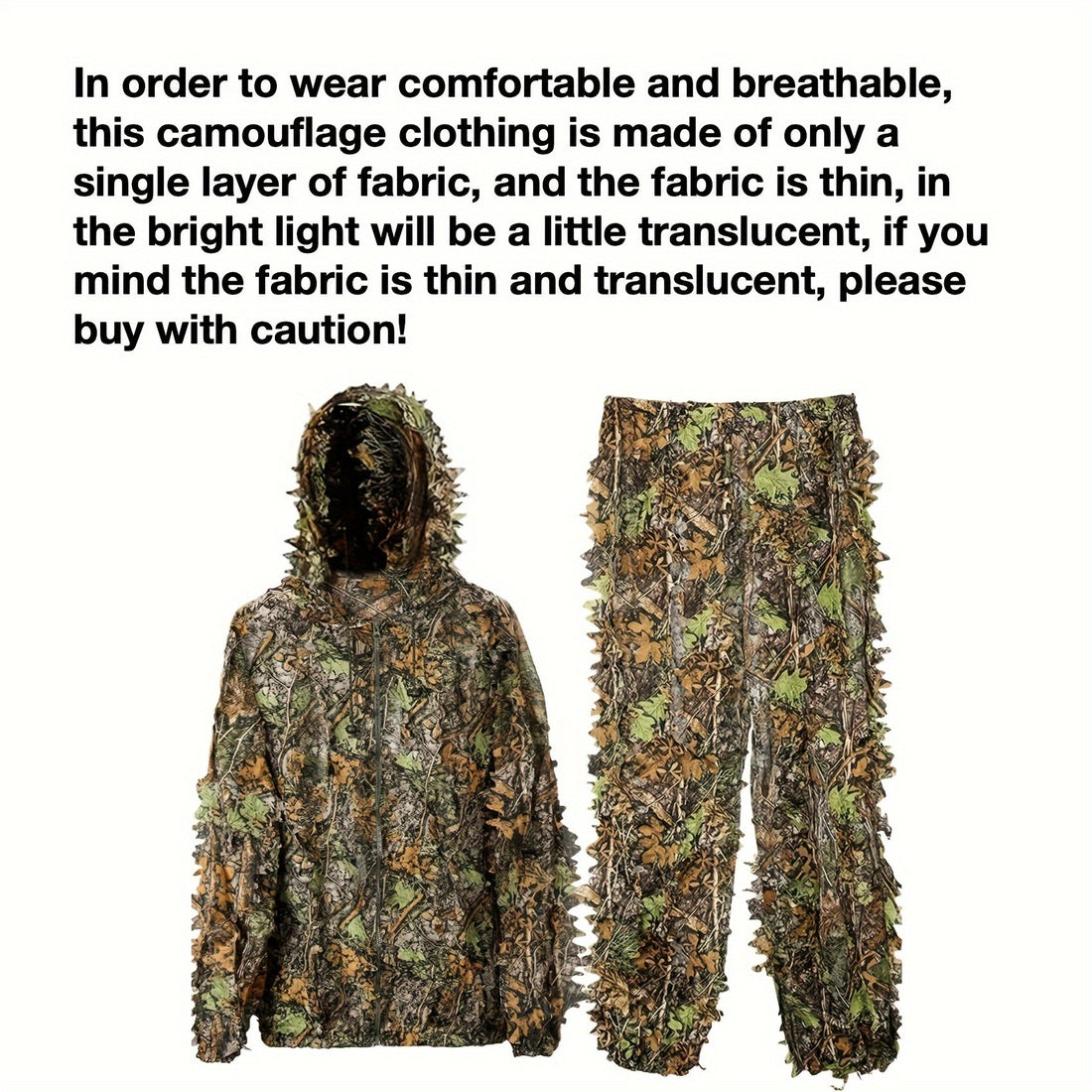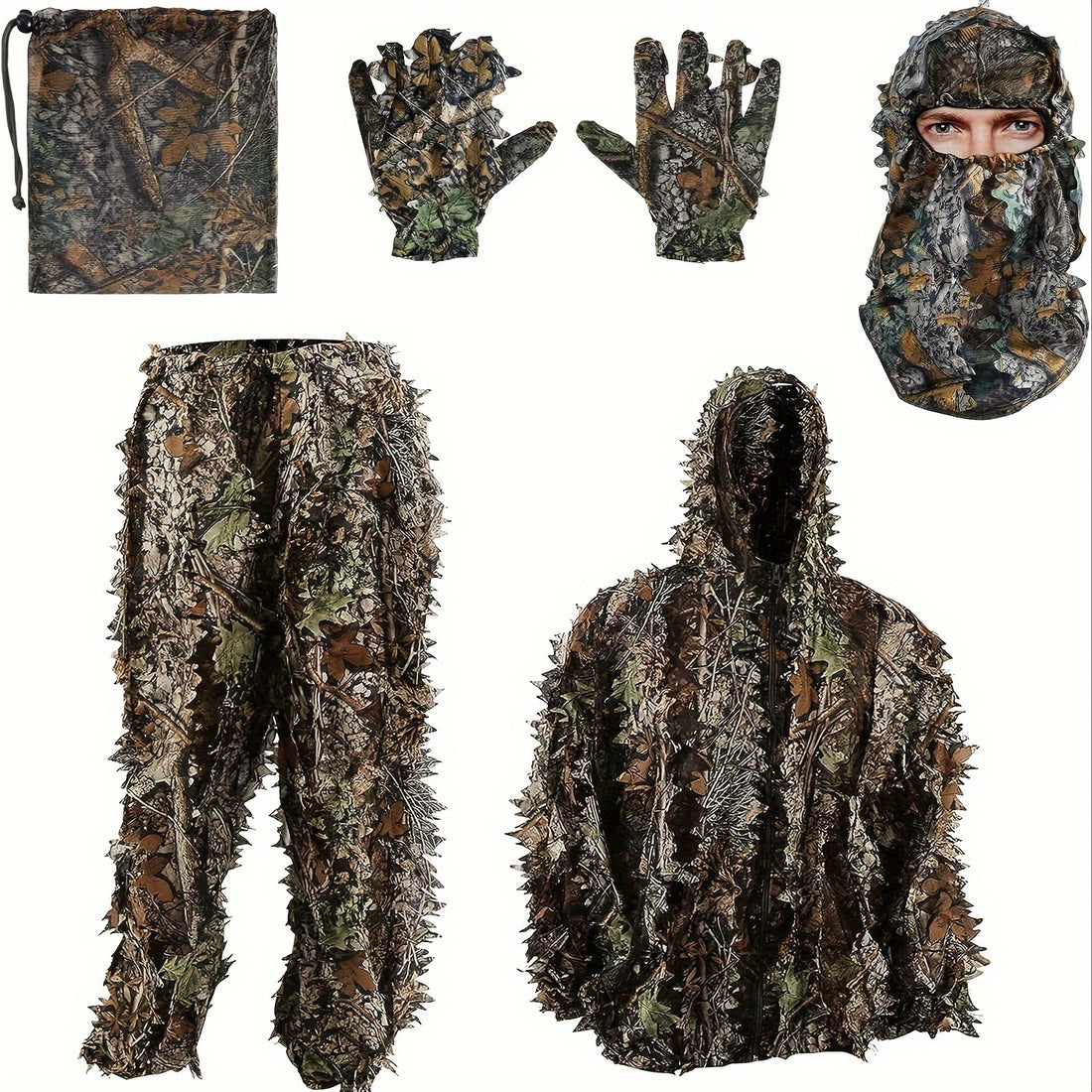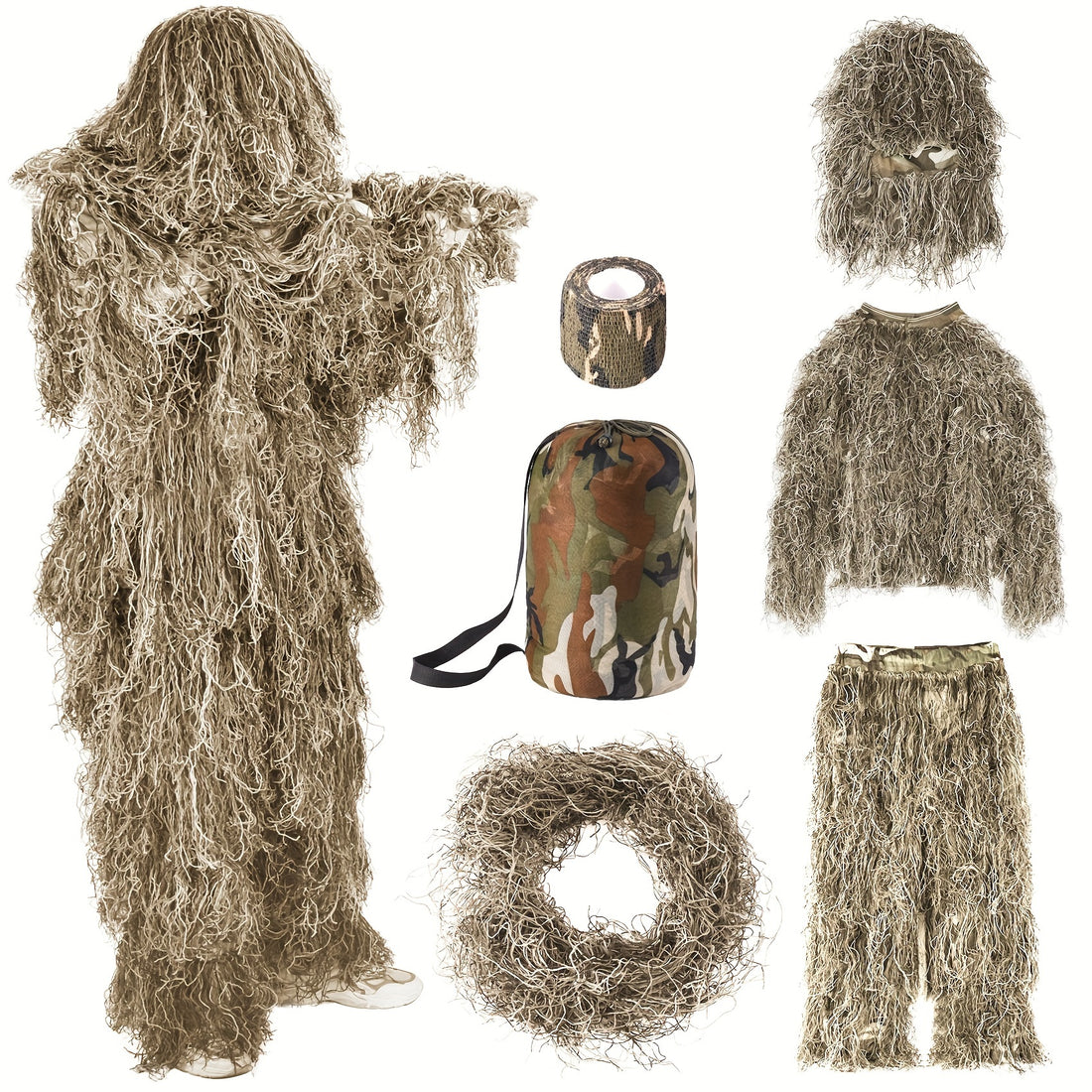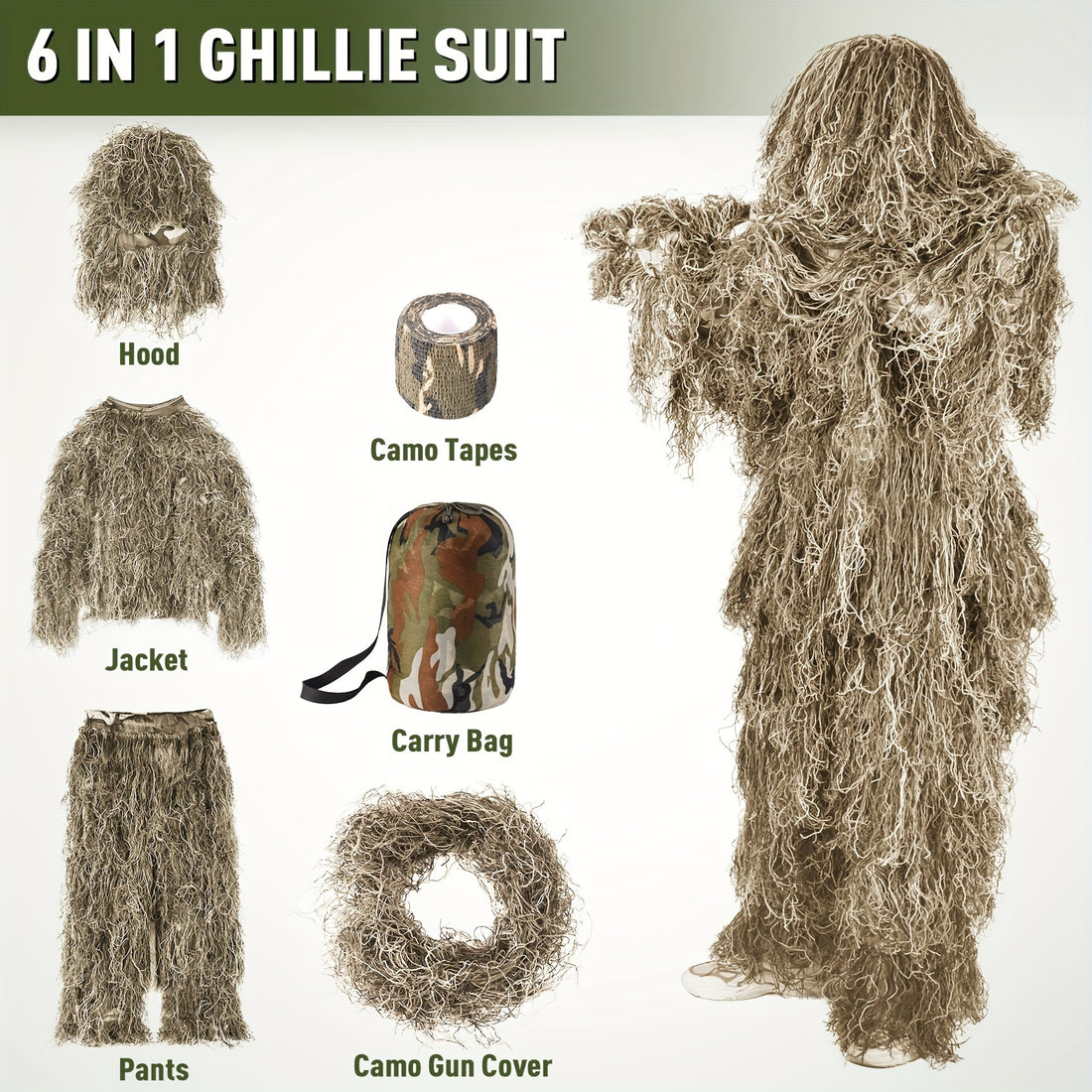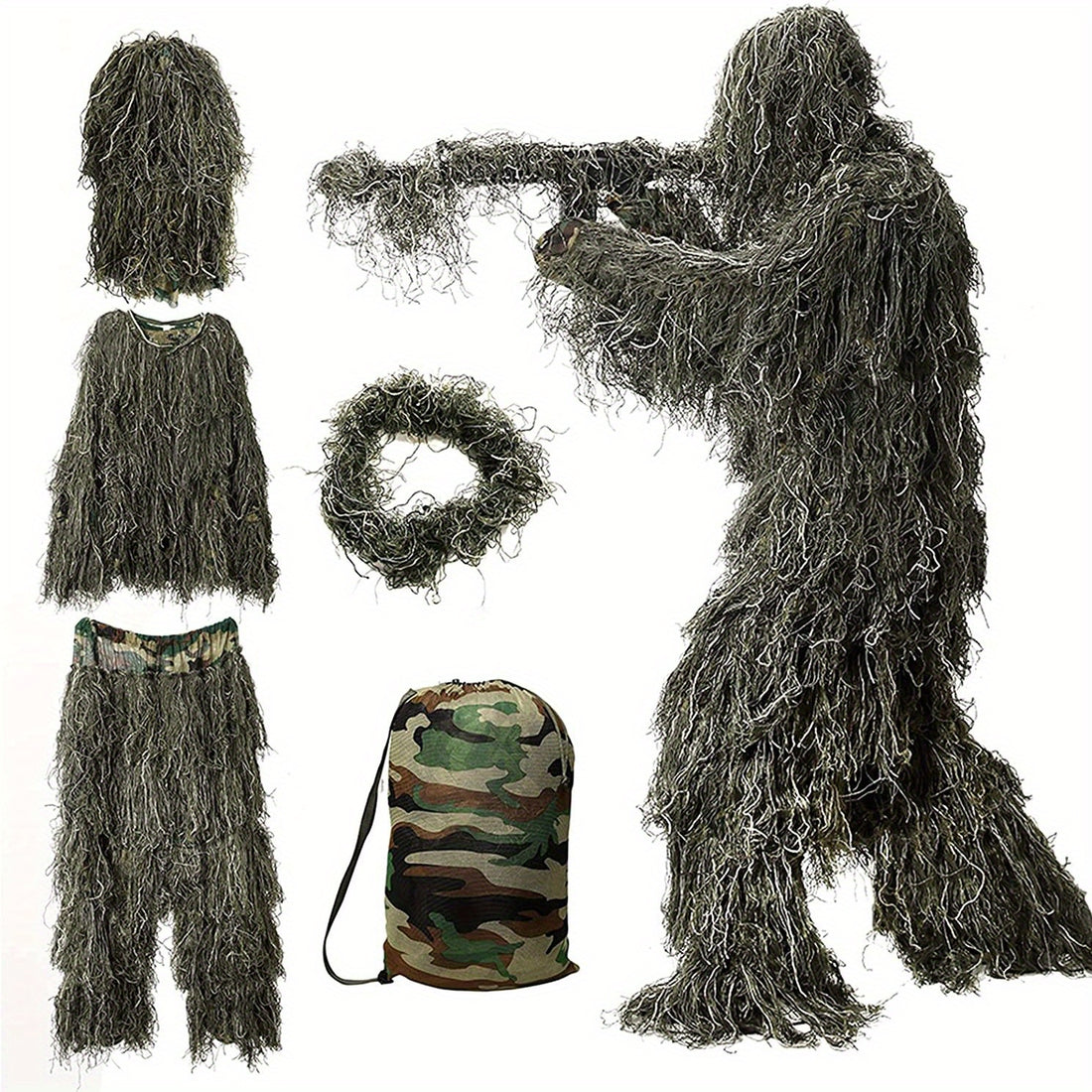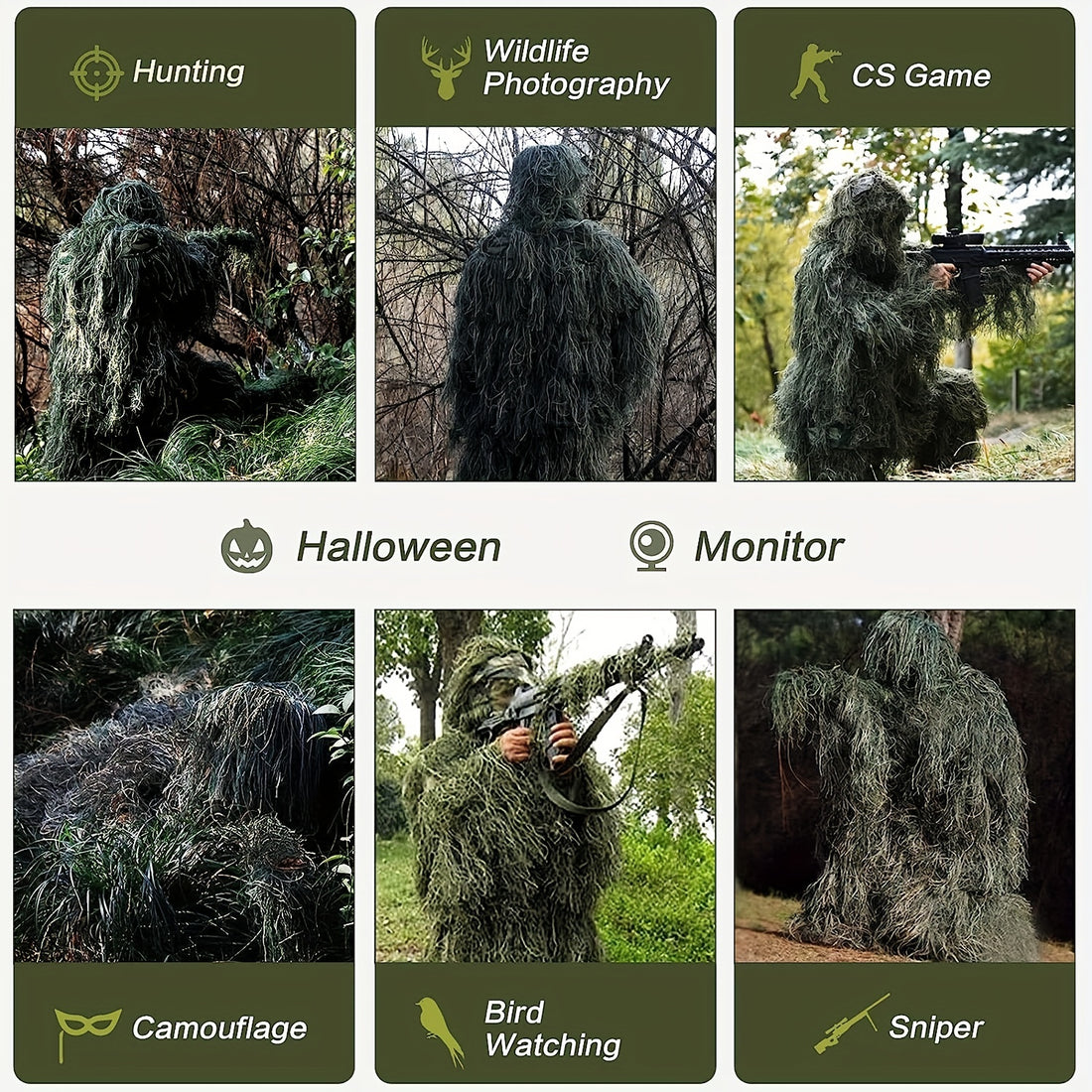If you’ve ever heard the terms ACU and BDU and wondered what they mean, you’re not alone.
These acronyms are commonly used in military, tactical, and outdoor gear discussions, but they can be confusing if you’re not familiar with them.
In this blog post, we’ll break down everything you need to know about ACU and BDU, from their history and purpose to their differences and uses.
Whether you’re a gear enthusiast, a history buff, or just curious, this guide has you covered.
What Are ACU and BDU?
Let’s start with the basics.
- BDU stands for Battle Dress Uniform. It’s a camouflage uniform originally used by the U.S. military. The BDU was the standard combat uniform from the early 1980s until the mid-2000s.
- ACU stands for Army Combat Uniform. It replaced the BDU in 2005 and introduced a new design, fabric, and functionality.
Both uniforms are designed for combat and tactical situations, but they have key differences that make them unique. Let’s dive deeper.
The History of BDU: A Classic Camouflage
The BDU was introduced in 1981 and became the standard uniform for all U.S. military branches. It was designed to provide soldiers with a durable, functional, and camouflaged outfit for combat and field operations.
Key Features of BDU:
- Camouflage Pattern: The BDU originally featured the woodland camouflage pattern, which includes green, brown, black, and khaki colors. This pattern was designed to blend into forested environments.
- Fabric: Made from a durable cotton-nylon blend, the BDU was tough enough to withstand harsh conditions.
- Design: The BDU had a simple design with four pockets (two on the chest and two on the pants) and button closures.
The BDU was widely used during the Gulf War and other conflicts. However, as warfare evolved, so did the need for a more advanced uniform.

The Evolution to ACU: Modernizing the Combat Uniform
In 2005, the U.S. Army introduced the ACU to replace the BDU. The ACU was designed to meet the needs of modern soldiers, with improvements in comfort, functionality, and camouflage effectiveness.
Key Features of ACU:
- Camouflage Pattern: The ACU initially used the Universal Camouflage Pattern (UCP), which included gray, green, and tan colors. This pattern was intended to work in multiple environments, though it faced criticism for its effectiveness.
- Fabric: The ACU is made from a 50/50 nylon-cotton blend, making it lighter and more breathable than the BDU.
- Design: The ACU features a more ergonomic design with Velcro closures, mandarin collars, and additional pockets for better storage and accessibility.
Over time, the ACU’s camouflage pattern was updated to the Operational Camouflage Pattern (OCP), also known as Scorpion W2, which is more effective in various terrains.

BDU vs. ACU: What’s the Difference?
While both uniforms serve the same basic purpose, there are several key differences between BDU and ACU:
| Feature | BDU | ACU |
| Camouflage | Woodland pattern | UCP (later OCP) |
| Closures | Buttons | Velcro and zippers |
| Fabric | Cotton-nylon blend | 50/50 nylon-cotton blend |
| Pockets | Four main pockets | Multiple pockets with improved storage |
| Weight | Heavier | Lighter and more breathable |
| Collar | Standard collar | Mandarin collar |
Why Were BDUs Replaced by ACUs?
The transition from BDU to ACU was driven by several factors:
- Improved Functionality: The ACU’s design is more ergonomic, with features like Velcro closures and additional pockets.
- Better Camouflage: While the UCP faced criticism, the updated OCP provides better concealment in diverse environments.
- Comfort and Durability: The ACU’s fabric is lighter, more breathable, and dries faster, making it more suitable for modern combat conditions.
Can Civilians Wear ACU and BDU?
Yes! Both ACU and BDU uniforms are popular among civilians for various reasons:
- Outdoor Activities: Their durable fabric and camouflage patterns make them great for hiking, hunting, and camping.
- Airsoft and Paintball: Many enthusiasts wear these uniforms for tactical games.
- Fashion: Some people simply like the military aesthetic.
You can find authentic and replica ACU and BDU uniforms online from retailers like Amazon or specialized stores like Army Surplus World.
How to Choose Between ACU and BDU
If you’re trying to decide between ACU and BDU, consider the following:
- Purpose: Are you using it for outdoor activities, airsoft, or fashion? BDUs are great for a classic look, while ACUs offer more modern features.
- Comfort: ACUs are lighter and more breathable, making them better for hot weather.
- Camouflage: If you need effective camouflage, the ACU’s OCP pattern is more versatile than the BDU’s woodland pattern.
Caring for Your ACU and BDU
To keep your uniforms in top condition:
- Washing: Use cold water and mild detergent. Avoid bleach.
- Drying: Air dry or use a low-heat setting to prevent shrinkage and fading.
- Storage: Store in a cool, dry place to avoid mold and mildew.
Frequently Asked Questions (FAQs)
1. Are BDUs still used?
While the U.S. military no longer uses BDUs, they are still popular among civilians and collectors.
2. What is the difference between UCP and OCP?
UCP (Universal Camouflage Pattern) was the original ACU pattern, while OCP (Operational Camouflage Pattern) is the updated, more effective version.
3. Can I buy authentic military ACUs and BDUs?
Yes, you can find authentic and replica uniforms from military surplus stores and online retailers.
4. Are there female-specific versions of ACU and BDU?
Yes, both ACU and BDU are available in female-specific cuts for a better fit.
5. What accessories pair well with ACU and BDU?
Accessories like tactical boots, belts, and hats complement these uniforms well.
Final Thoughts
Both ACU and BDU have played important roles in military history and continue to be useful for civilians today. Whether you prefer the classic design of the BDU or the modern functionality of the ACU, these uniforms are versatile, durable, and practical for a variety of uses.
If you’re looking to buy your own ACU or BDU, check out reputable retailers like Amazon or Army Surplus World for authentic options.
If you’re interested in customizing and producing your own tactical gear or uniforms, contact AET GEAR. As a leading tactical equipment manufacturer and supplier, we specialize in creating high-quality, customized products to meet your unique needs.
Let us help you bring your vision to life!


